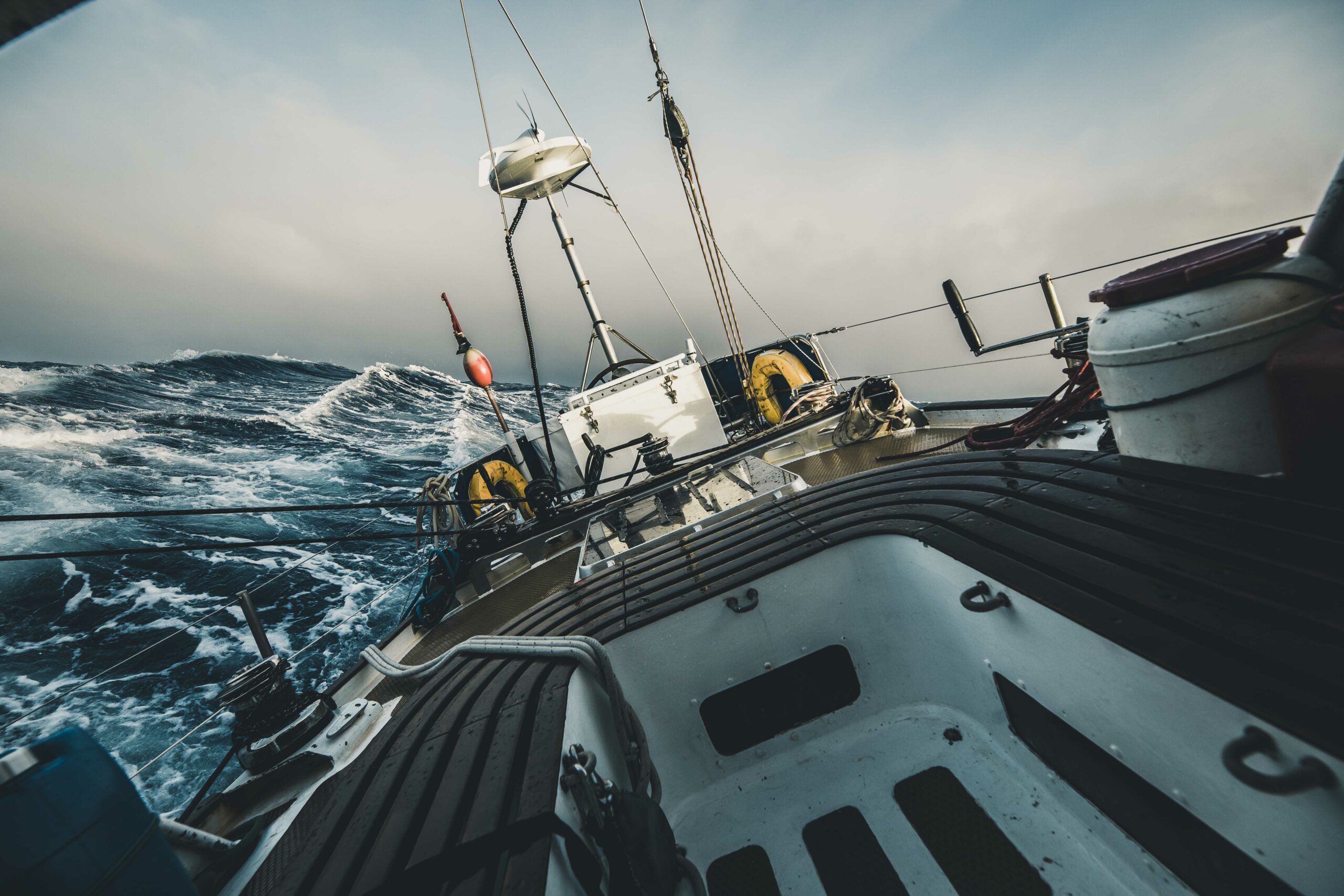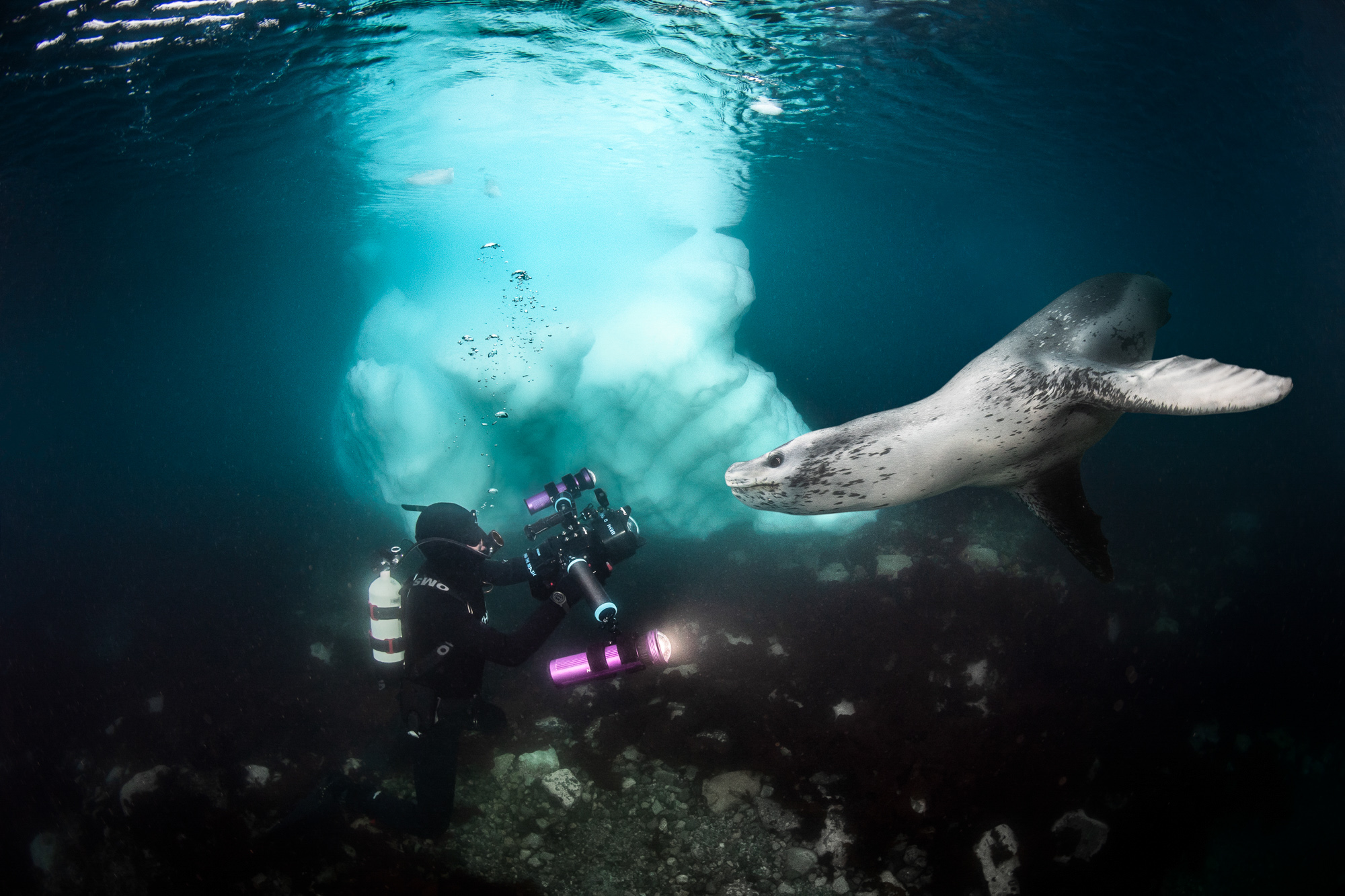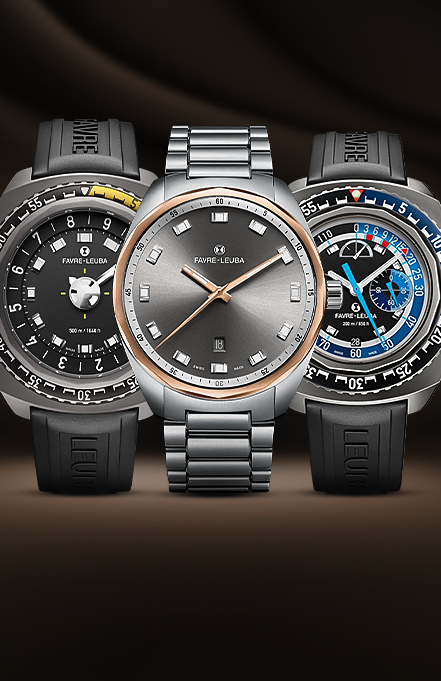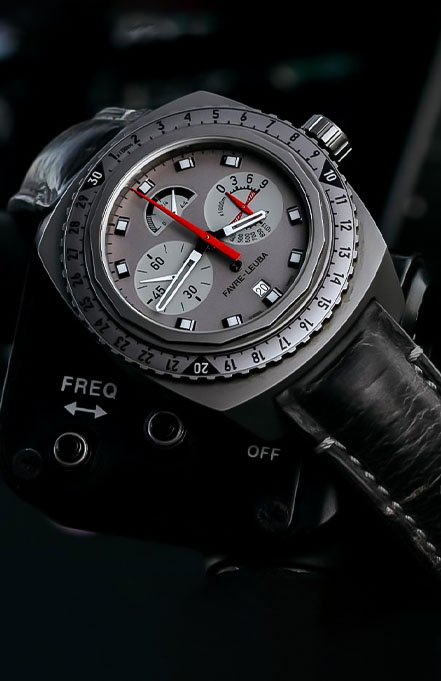Lying almost concentrically around the South Pole, Antarctica – the name of which means ‘opposite to the Arctic’ is the southernmost continent. A vast land mass – around 14 million square kilometres – which is very much so devoid of life. Aside from the ice-kissed ocean shores where penguins and seals reside in the summer months. The coldest, driest, highest and windiest continent on Earth, it’s clear to see why only the hardier few dare to venture into this bone-chilling ice desert.

Heritage Of Antarctic Exploration
Stories of historic polar explorations to Antarctica are as fascinating and absorbing today as they were for their own audiences. Mostly because tales of Antarctic frontiers are full of bravery, fortitude, strength and defiance. Words and topics are so often absent from our modern-day news clippings. Roald Amundsen, Robert Falcon Scott and Ernest Shackleton are just a few of the pioneering names recognised today. Brave explorers who have tackled the archipelago of mountainous islands covered and bonded together by ice. And, from the heroic age of 19th-century exploration to the present day. Antarctica has continued to be the site for new scientific discoveries and cutting-edge science. Scientists arrive annually to push the boundaries of new scientific research.
But equally to work at preserving the legacy of historic Antarctic exploration. Such as the conservation of the huts used by the early 20th-century expeditions left by Scott and Shackleton themselves. Running field surveys, launching weather balloons and diving head-first into the frozen waters. All measures to gather information is the key to understanding the atmospheric data of the direct area. But also the effect we are having on the rest of the planet too.


Behind The Mask Enters The Ice-Filled World
A small team of explorers have in more recent days embraced the very same challenges as the well-respected explorers who paved the way before them. Navigating a route from Argentina to the Antarctic peninsula. This meant journeying through one of the heaviest seas in the world, the Drake Passage. Taking up to 5 days to make the crossing, the weather proved difficult for the members of the Behind the Mask dive team. High waves tilted the boat to an almost impossible angle. Furthermore forcing the crew to spend the majority of their journey in bed, sleeping through the storms. A humbling moment when surrounded by all the smart technology a charter boat can handle. To think their predecessors had little more than just enough to eat on their exploits.
Aside from the more glaringly obvious issues this frozen windswept continent threatens, the dangers of the deep ocean are just as hostile.

Leopard Seals – The King Of Antarctica
The most inhospitable place on the planet with temperatures recorded as low as -89.2 degrees centigrade. It is also home to the Leopard Seal. Hydrurga leptonyx as it’s known by those in the know, or the King of Antarctica. The leopard seal is the second largest of its species in the ocean. With such overbearing size and strength. They tend to take over the areas where they reside and so often home becomes wherever they choose to rest their heads. Considered also to be the most aggressive of all the species.
They live in small groups or even alone with just one or two companions. Their only natural predators a certain species of shark and the killer whale. Meaning they do as they please both on land and in the water also. Waiting underwater near an ice shelf ready to snare penguins just as they enter the water after jumping from the ice. They occasionally also come up beneath seabirds resting on the water’s surface and snatch them in their jaws.

Like their namesakes, leopard seals are fierce predators and so entering the water to capture these volatile creatures takes a great deal of gumption and just a little clever technology too. The perfect amalgamation of old and new, divers prepare their equipment in much the same way as Jacques Cousteau would’ve done. A French naval officer, ocean explorer, filmmaker and co-inventor of the Aqua Lung. Cousteau was and still is, known for his extensive undersea investigations. Modern dive teams use both the equipment and inspiration conjured by such great explorers to capture breathtaking footage in a place where no human really belongs.
It is with heavy hearts that contemporary scientists and explorers alike sail away from this great flotilla of ice with the knowledge that its ever-changing environment is drastically changing the course of our planet. Over the last 50 years, the west coast of the Antarctic Peninsula has been one of the most rapidly warming parts of the planet. Proving that climate change is very much evident and very much our responsibility.

‘Black Edition’ Raider Harpoon In Antarctica With Behind The Mask
This is another great location to test the new Favre Leuba ‘Black Edition’ Raider Harpoon, and an ideal frontier for @__behindthemask__ to assess its capabilities. “6 weeks of rugged use and abuse without maintenance in the Antarctic and the Harpoon still looks like new. The high-grade rubber strap is long and durable, it could fit around my 9mm neoprene suit and became the only piece of equipment to join me on every aspect of our mission”.
Behind the Mask journeyed into the Antarctic territory with the mission of capturing the thriving and stunning ecosystem in the region. Bringing to life the fragile environment residing here and increasing its awareness through their captivating footage to protect these far-flung lands, often forgotten in our everyday lives. Small actions, mirrored by many can have an incredible impact in conserving habitats like the Antarctic.














